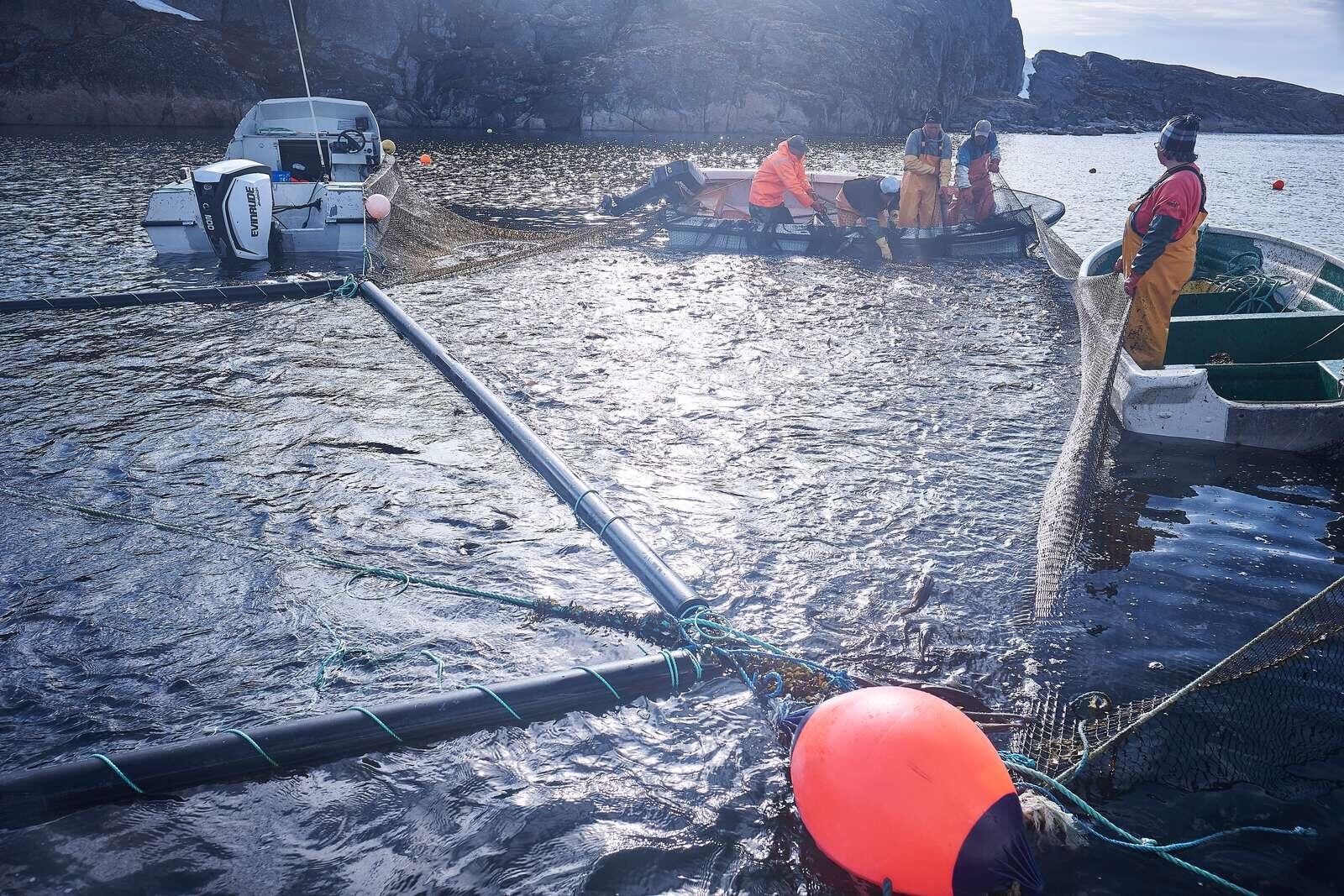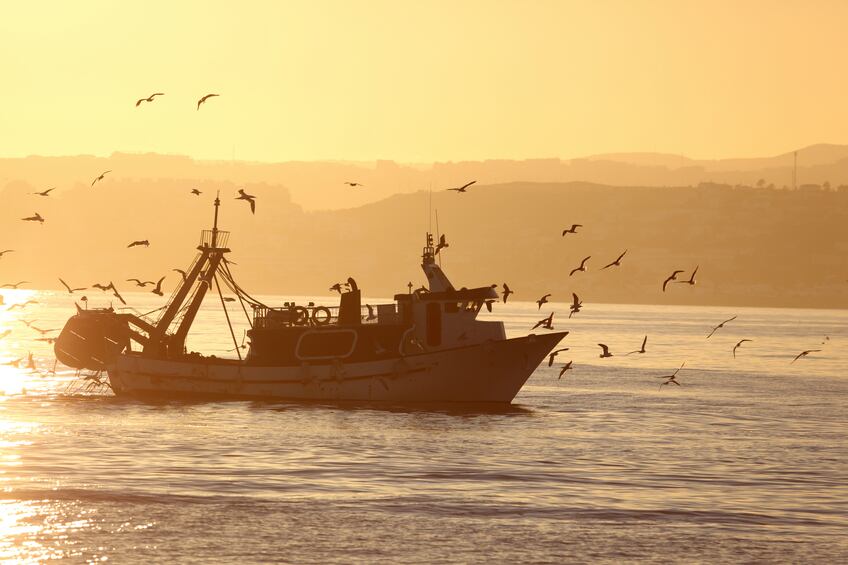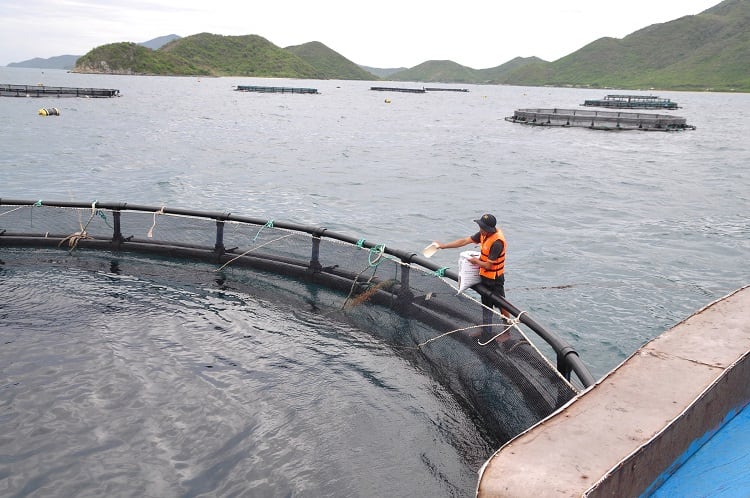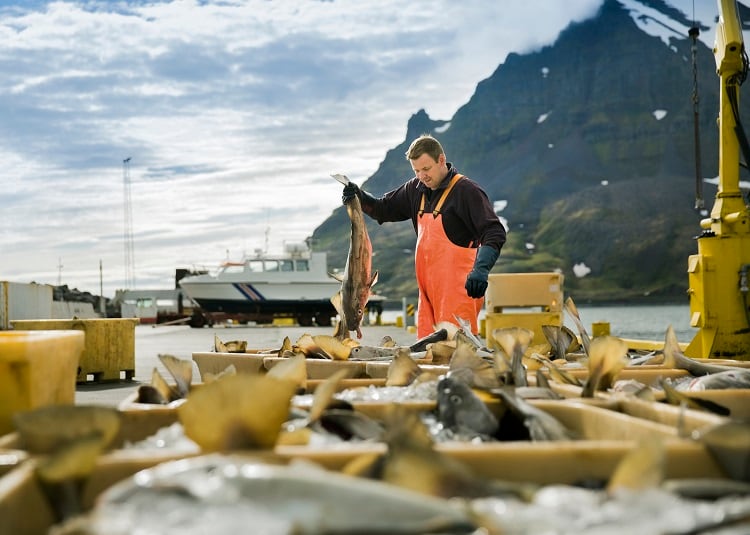As much as 70% of aquatic resources harvested from the sea end up as low-value or waste products. In cod processing, for instance, the cod fillet that makes its way onto dinner tables constitutes only 40% of the fish. By-products include the head, frame and intestines – which are usually disposed of at significant expense to processing companies.
With a global population that is expected to increase by two billion people over the next 30 years, it is clear that these high levels of waste are not sustainable.
WaSeaBi is a project that has secured funding from the European Union’s Horizon 2020 innovation programme to tackle this issue.
The collaboration between industry partners and three research organisations aims to develop new processes to utilise the currently under-exploited biomass in seafood production for high-value products.
”We have already initiated the work on producing new ingredients in lab scale,” project coordinator Charlotte Jacobsen from the Danish Technical University (DTU) told FoodNavigator.
Researchers are working on the extraction of fish proteins as a food ingredient and for reinjection into fish filets; savouring ingredients (very short chain peptides and free amino acids) for food; high-value fish peptides as antimicrobials for animal feed; and mineral supplements.
Promising technologies currently available at lab level need to be adapted to industrial scale and integrated into a biorefinery approach, WaSeaBi believes, and the project is working towards this end. ”In 2020, we expect that the first pilot scale experiments on the isolation of food proteins will be carried out,” Jacobsen revealed.
Building on existing knowledge
WaSeaBi researchers will build on the data sets and understanding of industrial partners, who ultimately want to leverage the project’s findings to develop more circular business models.
WaSeaBi is working with Royal Greenland and Jeka Fish in Denmark; Scandic Pelagic and Alfa Leval in Sweden; Barna and Pescado Marcelino in Spain; and Nutrition Sciences in Belgium.
According to Jacobsen, the initiative aims to fill in the knowledge gaps for industry. The composition and quality of side-streams including cod heads, frames and intestines are currently being analysed at the Technical University of Denmark and at Chalmers University of Technology in Sweden. The third research body participating in the project is the Danish Knowledge Centre for Food Innovation (VIFU).
Results from this analysis will form the basis for the development of methods to protect the side-streams against deterioration and of technologies to produce new ingredients for food and feed from these side-streams.
“The companies do have some compositional data on their side-streams, but the data is far from complete. Most of them don’t have data on the quality (e.g. oxidative stability) of their side-streams. We will obtain these data and thereby provide knowledge about the freshness and how it is linked to the composition. We will also look at the need for adding antioxidants for preventing lipid oxidation and investigate which antioxidants would be the most efficient.
“The compositional data is important for designing the experiments regarding recovery of the new ingredients. The quality data is important for deciding on which ingredients we should aim for from the different side-streams.”

Fresh approaches for logistics and infrastructure
Initial work is being carried out on by-products from Royal Greenland’s Nutaaq cod production.
This cod is ‘particularly interesting’ to work with because it is extremely fresh – there is a maximum time-span of two hours from when the live cod leaves the sea until it is frozen in the factory.
Royal Greenland achieves this through close collaboration with local fishermen and an innovative processing method. After the fish is caught, fishermen empty their net traps into Royal Greenland’s net cages nearby. A specially designed ‘well boat’ collects the live cod and transports the catch – still in seawater – to large net enclosures in the fjord outside the factory. When the factory is ready, the cod is transported directly into the factory for processing.
This means that there is a good basis for exploiting the side-streams for developing other products, ingredients or the like, WaSeaBi noted.
Developing ways to preserve the quality and freshness of side-streams is a key challenge for the sector.
“[Freshness] is a barrier for several side-streams. Fish is in general a perishable product that easily oxidizes and gets microbially spoiled unless it is kept at low temperature and this is also the case for the side-streams. After fileting, some side-streams may be rich in blood that catalyses lipid oxidation, other fractions may contain active enzymes that can lead to formation of high level of free fatty acids, which is also undesirable. Side-streams from meat to some extent have the same problem.”
Current processes widely employed in the seafood sector are not fit for purpose if the industry is to successfully tap into the potential of side-streams. “Side-streams are today often not treated like a product for human consumption but either as product that is intended for waste or for low value products (e.g. for mink feed) for which the final quality is not so important,” Jacobsen observed.
The seafood industry’s infrastructure therefore requires re-evaluation. For this reason, WaSeaBi is taking a ’whole chain’ approach, from the development of sorting technologies and storage solutions to decision tools that will secure an ’efficient, sustainable supply system’ for by-catches, as well as for solid and liquid side-streams from aquaculture.
“The existing infrastructure needs either to be built up or to be adapted to handle the side-streams as carefully as the filet part is being handled to preserve the quality of the raw material throughout the value chain,” Jacobsen suggested.
The project has a total budget of €4,158,214, including €3,197,422 in funding from the Bio Based Industries Joint Undertaking under Horizon 2020 (grant agreement No 837726). The European Institute of Innovation and Technology (EIT-Food) is also involved in the project.
“The project period is from May 2019 to May 2023. Full testing of the developed technologies in the participating companies will be completed at the end of this period, but there will be results available in lab-scale already during 2020 and also some from pilot scale,” Jacobsen forecast.



